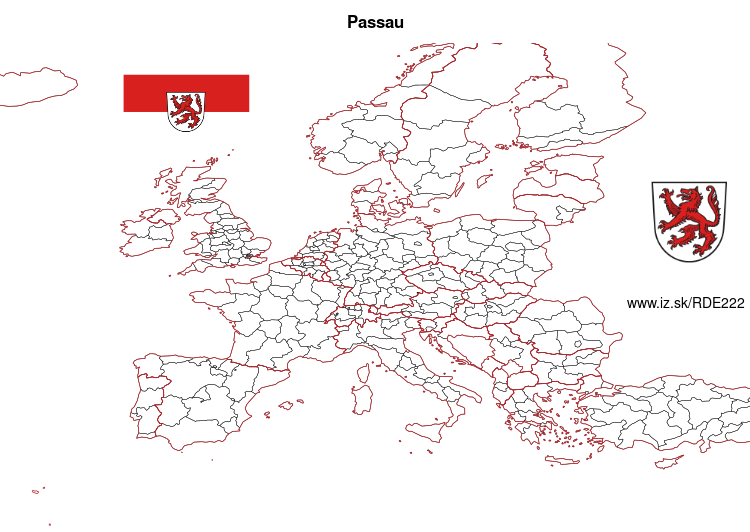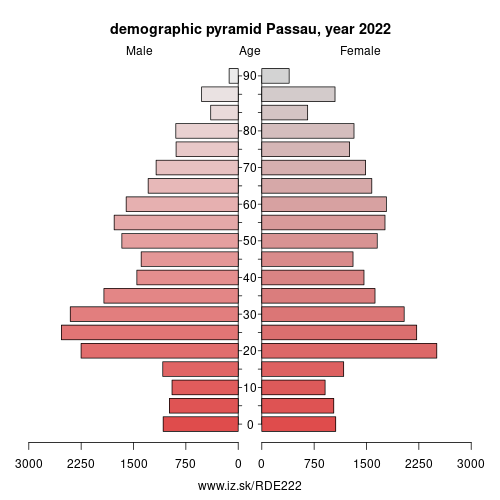- About us»
- Net income calculator»
- Population aging»
-
- Least developed regions»
-
- Average wage
- Material need benefits
- Meal allowance
- Counties of Slovakia
- Inflation
- Living and Subsistence Minimum
- Unemployment of Czechia and Slovakia
- NACE Classification
-
- Life expectancy
- Gender differences
- Youth unemployment and NEET
- Minimum wage in EU
- Unemployment rates of different age groups
- Share of salaries on GDP
- Percentage of employees ususally working at nights
- NEET
- Unemployment rate
- Long term unemployment
- Employment rate
-
- Bratislava and surroundings
- Kopanice
- Danube river
- lower Vah river
- middle Vár river
- upper Nitra river
- lower Nitra river
- Mining cities
- Kysuce a Orava
- upper Vah river - Liptov
- Spiš cities
- upper Hron river
- Juhoslovenská kotlina
- Košice fold and Torysa river
- upper Zemplín
- lower Zemplín
- EU regions
- NUTS3 regions of Slovakia
- LAU1 dataset
-
- Projects and activities
- Inclusive growth»
- Good work
- Project SKRS
- Social system – reality and vision
- Library
-
- Education of unemployed
- Young unemployed not taking part in education
- Proposal to change the system of education funding
- News»
- Contact
Passau – DE222
EU regions: Germany > Bavaria > Lower Bavaria > Passau

| Indicator | Period | Value |
|---|---|---|
| Gross domestic product | ||
| GDP per capita in PPS of EU average | 2022 | 186 |
More on wikipedia wikidata Q4190 on OpenStreetMap Passau slovensky: DE222
Demographics
| Indicator | Period | Value |
|---|---|---|
| Demographics | ||
| number of inhabitants | 2024 | 52 894 |
| population density | 2023 | 809.7 |
| old-age dependency ratio | 2024 | 33.7 |

From Wikipedia: Passau (German pronunciation: [ˈpasaʊ]') is a town in Lower Bavaria, Germany, also known as the Dreiflüssestadt ("City of Three Rivers") because the Danube is joined there by the Inn from the south and the Ilz from the north.
Passau's population is 50,000, of whom about 12,000 are students at the University of Passau, renowned in Germany for its institutes of economics, law, theology, computer science and cultural studies.
History
In the 2nd century BC, many of the Boii tribe were pushed north across the Alps out of northern Italy by the Romans. They established a new capital called Boiodurum by the Romans (from Gaulish Boioduron), now within the Innstadt district of Passau.
Passau was an ancient Roman colony of ancient Noricum called Batavis, Latin for „for the Batavi." The Batavi were an ancient Germanic tribe often mentioned by classical authors, and they were regularly associated with the Suebian marauders, the Heruli.
During the second half of the 5th century, St. Severinus established a monastery here. The site was subject to repeated raids by the Alemanni. In 739, an English monk called Boniface founded the diocese of Passau, which for many years was the largest diocese of the German Kingdom/Holy Roman Empire, covering territory in southern Bavaria and most of what is now Upper and Lower Austria. From the 10th century the bishops of Passau also exercised secular authority as Prince-Bishops in the immediate area around Passau (see Prince-Bishopric of Passau).
In the Treaty of Passau (1552), Archduke Ferdinand I, representing Emperor Charles V, secured the agreement of the Protestant princes to submit the religious question to a diet. This led to the Peace of Augsburg in 1555.
Other: Lower Bavaria, Landshut, Straubing, Freyung-Grafenau, Kelheim, Landshut, Rottal-Inn, Straubing-Bogen, Dingolfing-Landau, Regen, Passau, Deggendorf, Passau
Neighbours: Innviertel, Passau
Suggested citation: Michal Páleník: Europe and its regions in numbers - Passau – DE222, IZ Bratislava, retrieved from: https://www.iz.sk/PDE222, ISBN: 978-80-970204-9-1, DOI:10.5281/zenodo.10200164

 Share
Share Facebook
Facebook Twitter
Twitter News
News